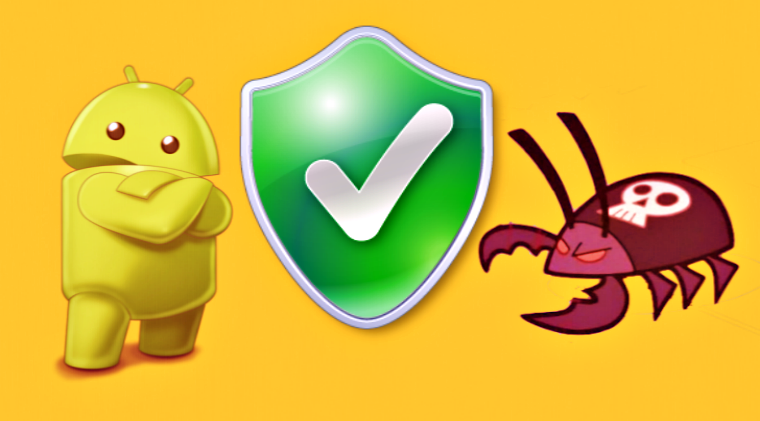

The only saving grace for Google’s native anti-malware solution for Android is that Google Play Protect didn't drain battery or devour system resources. During the tests, Google Play Protect faltered over 70 times and again ranked bottom of the table. Another area where Google Play lagged behind its competitors was generating false alarms. Google Play Protect, on the other hand, could only detect malware apps with a 68.8-percent efficiency in real-time and clocked a success rate of 76.6-percent against the reference set of malware apps. Google Play Protect proved to be the least effective line of defense and was positioned 15th on the list.ĭuring the test, it was discovered that security apps from Avast, AVG, Norton, TrendMicro, and McAfee detected malware apps with an accuracy ranging between 99.9-percent and 100-percent in real-time. Avast took the top spot in the test, followed by AVG and Bitdefender.

In addition to using 3,000 newly-discovered malware apps, the experts also employed a reference set of 3,000 additional malware apps to test the endurance of these anti-malware solutions. The folks over at AV-TEST conducted a test on 15 Android security apps, including Google Play Protect, to test how effective they are at protecting Android phones against malware attacks over the course of six months. Related: Don't Fall For Fake Dating Websites: How To Spot & Avoid Getting Scammed With such a high malware attack frequency, the need for a reliable Android security solution can not be reiterated enough, but it appears that Google is not doing a particularly good job in that department. As per experts, it was developed to steal credentials and ultimately commit financial fraud by intercepting messages and even making phone calls.

Earlier this week, details of malware called Oscorp surfaced online.

Google has tried to implement more stringent vetting protocols over the years, but as security measures have developed, the methods of injecting malicious code have also evolved. Imitation apps, which look and feel like legitimate apps, are also known to be a common source of malware.


 0 kommentar(er)
0 kommentar(er)
